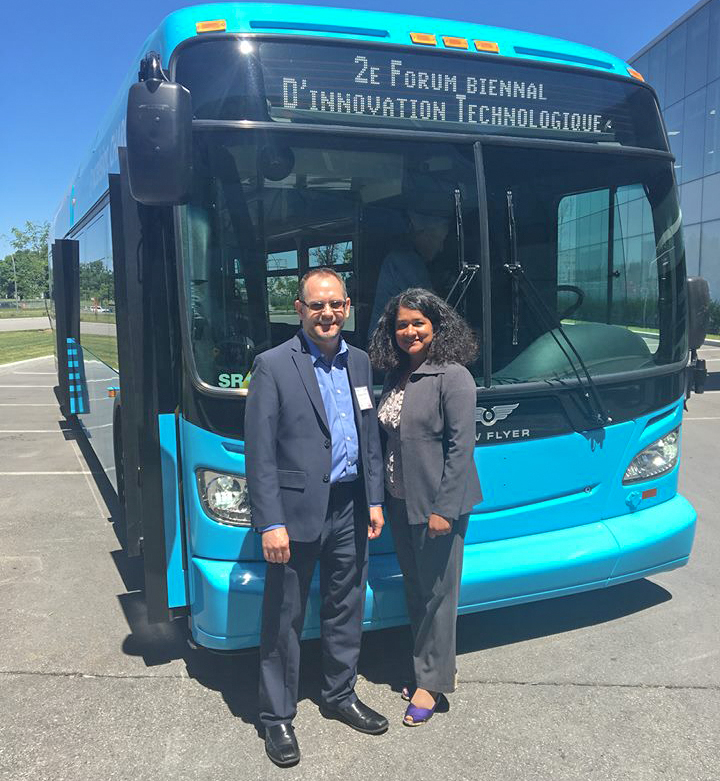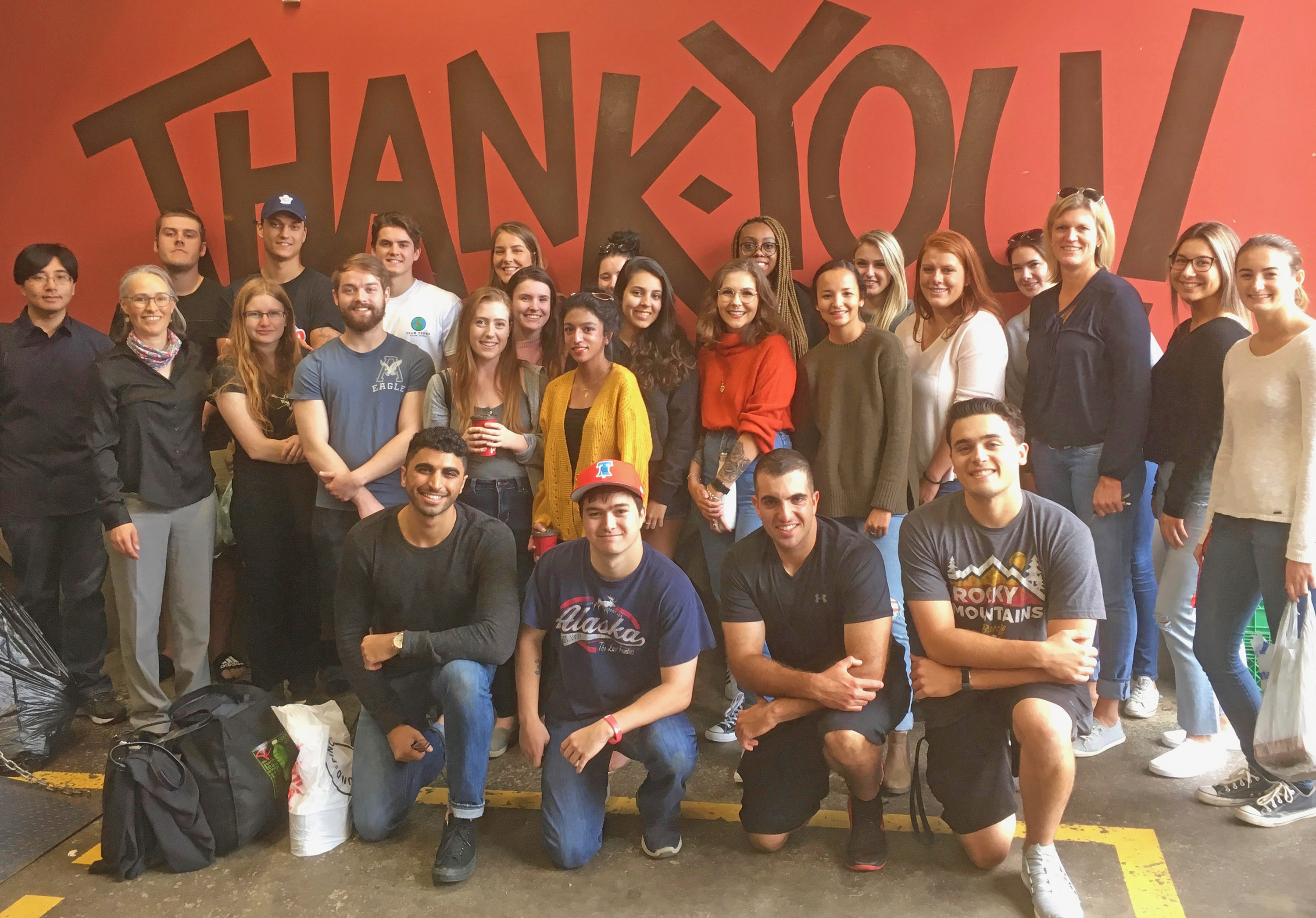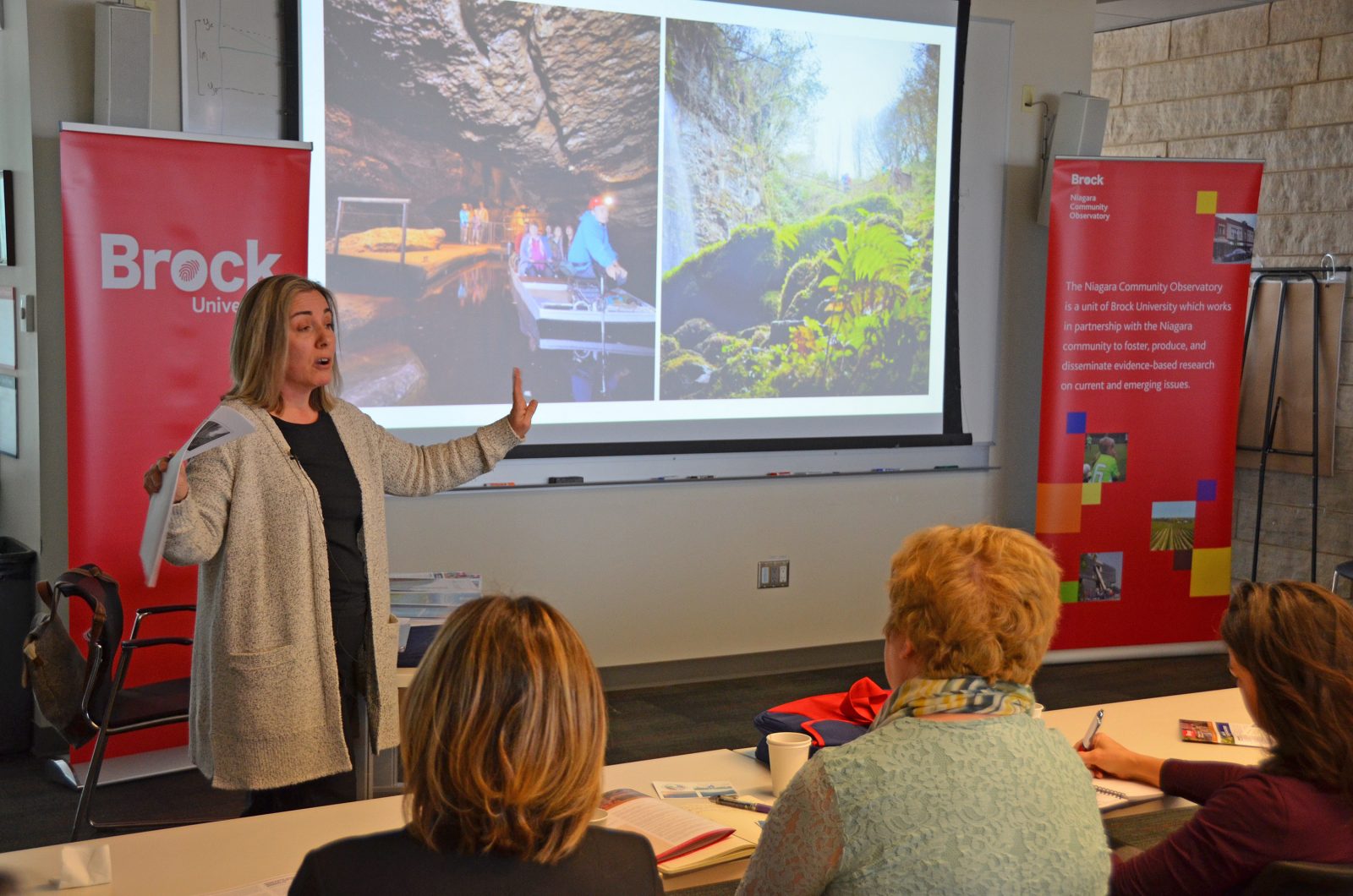In May, Drs. Catherine Jean Nash and Andrew Gorman-Murray (editors) published a new book titled The Geographies of Digital Sexuality.

About the Book
This edited book engages with the rapidly emerging field of the geographies of digital sexualities, that is, the interlinkages between sexual lives, material and virtual geographies and digital practices. Modern life is increasingly characterised by our integrated engagement in digital/material landscapes activities and our intimate life online can no longer be conceptualised as discrete from ‘real life.’ Our digital lives are experienced as a material embeddedness in the spaces of everyday life marking the complex integration of real and digital geographies. Perhaps nowhere is this clearer than in the ways that our social and sexual practices such as dating or casual sex are bound up online and online geographies and in many cases constitute specific sexuality-based communities crossing the digital/material divide. The aim of this collection is to explore the complexities of these newly constituted and interwoven sexual and gender landscapes through empirical, theoretical and conceptual engagements through wide-ranging, innovative and original research in a new and quickly moving field.
Citation: Nash, C.J., and Gorman-Murray, A. (Eds.) 2019. The Geographies of Digital Sexuality. Palgrave Macmillian, Singapore. DOI 978-981-13-6876-9














